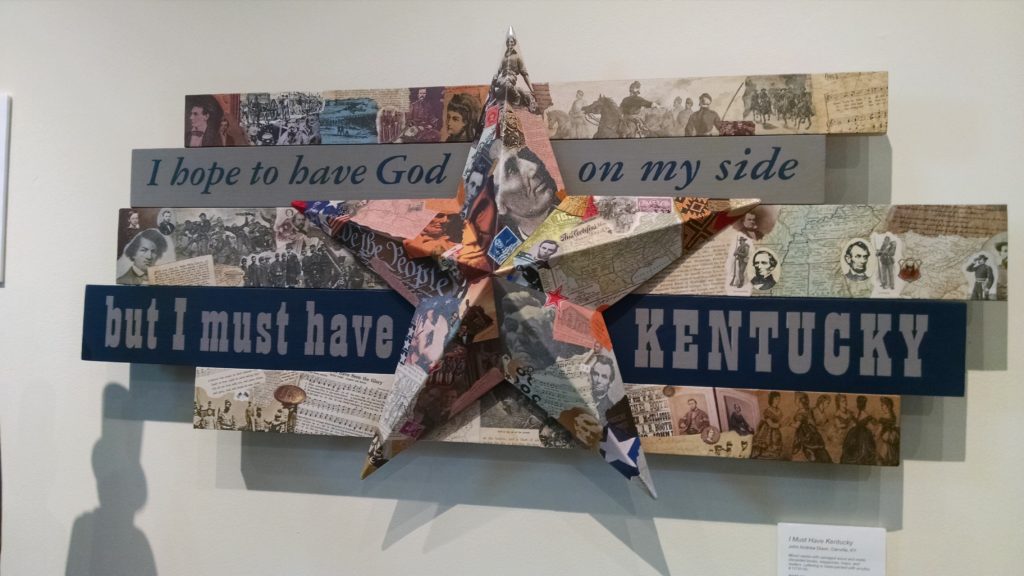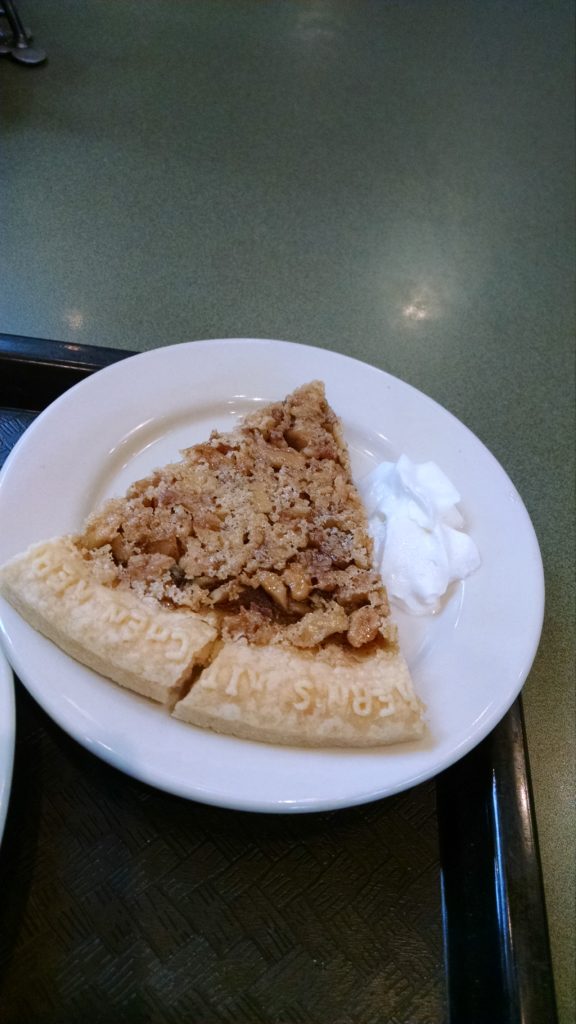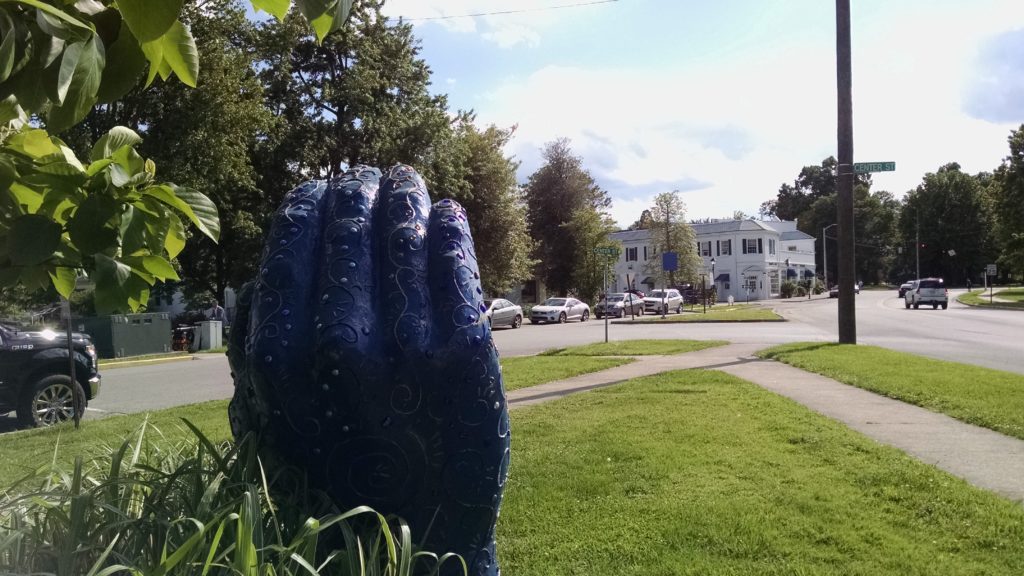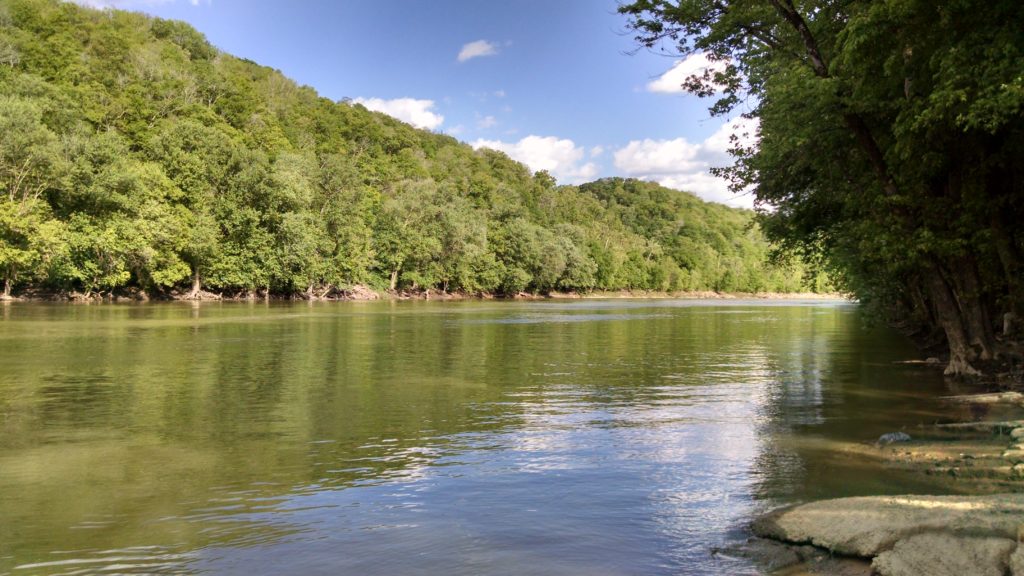It had taken a full day of driving to get to my hotel in Kentucky–which was south of Lexington because of the crowding around the Derby in Louisville. Then there was the full day of experiencing the Kentucky Derby. So on my third day, I took things easy. I slept late, went to church and a local winery–where there was no tasting–before I actually tried to be a tourist. The quietness of Sundays in small-town Kentucky matched my mood.

My first stop was the Kentucky Artisan Center at Berea, where I enjoyed lunch featuring local cuisine and indulged in some Derby Pie–which is a mix of pecan and chocolate in a full crust. Refreshed, I wandered around the center admiring the crafts. The artisan center was founded as an economic recovery project after a 1996 tornado damaged shops and livelihoods in the area. The existing attraction provides a space to boost the state’s culture and provide visibility to state artisans, who were particularly hurt by the natural disaster. It is a beautiful and accessible site, featuring a variety of items and food. It was an ideal way to start really seeing the state.

From there, I headed into Berea itself, which is a charming small town dominated by Berea College. The college is significant for two reasons. First, it was the first college in the American South to admit women and black people as it was founded by an abolitionist in 1855. Second, students attend the college tuition-free. They are required to work at least 10 hours per week at the university and maintain a full-time student course load. University jobs pay less than the minimum wage, but the full tuition agreement requires that students do not work off campus. The college relies on individual donors for support and, according to Wikipedia, has one of the largest per-student endowments in the US. In its earliest days, it provided training in crafts to provide students with bankable skills, so there is still a significant learning component involving the development of craft skills, and a program that features student work. I wandered the gallery and enjoyed even more Kentucky crafts. Then I wandered and the town and campus, which appeared to be in the throes of graduation.

Tamu and I headed next to Fort Boonesborough State Park. The fort was established by Daniel Boone as Kentucky’s second settlement when he and his fellow travelers reached the Kentucky River in 1775. The park offers a reconstruction of the site as it would have operated during Boone’s era. Its natural environment along the river provides plenty of other activities, including camping. Because we visited on a Sunday, the various facilities were closed, so Tamu and I enjoyed a beautiful walk on paths along the river before we headed into Richmond to see if anything there was open. It seemed to be a charming town, but everything was closed for Sunday, so we headed back to our hotel for a restful night. It had been a pleasant and easy day of catching up.

